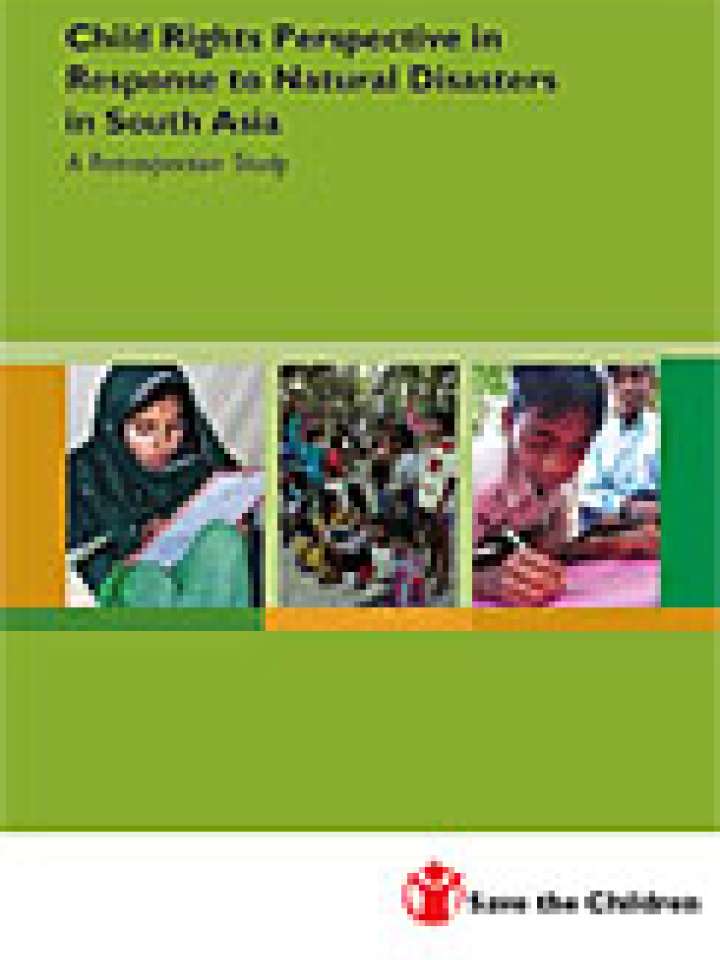Child rights perspective in response to national disasters in South Asia: a retrospective study
This study was conducted with an aim to understand the different approaches that are used by agencies involved in management of disasters in the South Asia region with a focus on identifying if the approaches and strategies were child centred and recognise children as beneficiaries and actors.
The study shows that there is a lack of child participation in situation assessment and decisions for relief and response materials as well as programme interventions. The authors assert that despite the accumulated experience, children were not often consulted or treated as one of the actors and beneficiaries. The emergency situation and the need for rescue were often stated as reasons for neither adult nor children’s participation. To a large extent differences among age groups and gender, children with special needs, did not receive adequate attention in the designing and implementing of relief operations except in some emergency relief and risk reduction activities that showed evidence of child participation. This indicates both lack of capacity among the staff members of organisations, regarding child participation and as well as little consideration of children’s evolving capacities.
The study focused on the different disasters that struck different South Asian countries at different times. The research focused on and was restricted to floods in Tarai 2004 (Nepal), Tsunami 2004 (India and Sri Lanka), widespread fire in Bangladesh in 2004, earthquake in 2005 (Pakistan and India), Gujarat earthquake in 2001 (India) and Super Cyclone in Orissa (India) in 1999, in the South Asia region.
Interviews were conducted with children and adults affected by disasters. Key informant interviews were conducted with policy makers, bureaucrats, NGOs, civil society and media persons. In some cases, Focus Group Discussions (FGD) was carried out with children and Sangha (community based organisation) members involved and affected by disasters. Some case studies were collected to provide evidence of the situation and interventions, as best practices and learning for the future.
